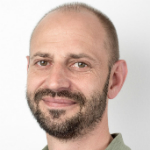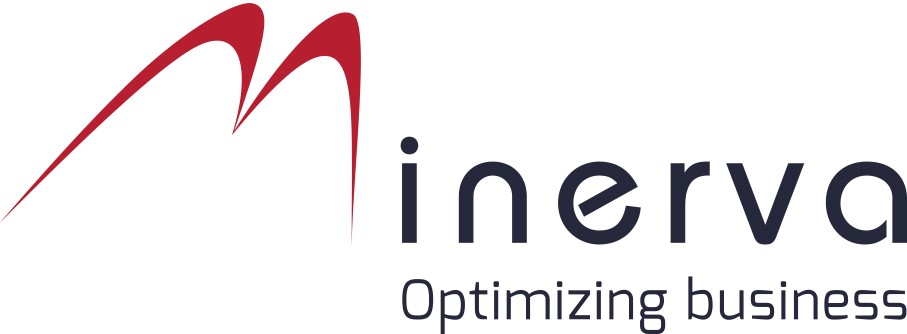The purpose of design control is to establish methodologies and processes for the development of medical devices. The goal of these development processes is to ensure that the device meets its intended use, it meets user needs and it adheres to safety requirements. Along with risk management, it is critical for a medical device manufacturer to have established and efficient design control processes from the beginning of product development.
The typical industry practice is to design and print: create the design and then print to paper and store that document in a binder. Very often, the documents are printed, scanned and stored both electronically in file folder structures as well as in physical binders. Another common practice is to make extensive use of spreadsheets to keep track of user needs, design inputs and outputs, verification and validation plans and results.
These common practices are manual processes which are very labor-intensive and time-consuming. But more importantly, these processes are also error-prone. Even if the product meets its intended use, having records that are incomplete or stored in a wrong version puts the medical device product at risk.
Many medical device companies are still exposed to a high degree of risk when it comes to their design control processes. Software solutions have claimed to help the industry to come to grips with these challenges and provide a complete solution, yet there remain gaps that have yet to be filled. As a result, the industry is fraught with manual processes, underground systems and undocumented procedures.
Speakers

Slavko Jovanovic, CEO & Partner, Minerva USA
Slavko Jovanovic combines more than 20 years of experience in enterprise software solutions for the world’s leading manufacturing companies with the aptitude to solve complex business problems using an innovative approach. He is a practitioner of the latest software and product management processes and has mastery knowledge of manufacturing process planning, execution and quality processes. He has been working with enterprise software solutions since the early 90s and has built up a solid understanding of modern and legacy software architectures and technologies including J2EE, JavaScript, RDBMS, Non-relational DB, HTML5, JQuery Cordova (PhoneGap), C, C++ along with many others.

Thomas Skogen, Product Director, Minerva Group
Thomas Skogen brings experience from his background in supply chain and manufacturing optimization, where he has helped several global companies optimize their internal and external business processes. Thomas’ experience originates mainly from theelectronic and high-tech medical device industries. This combined with his experience within all levels of product lifecycle management (PLM) implementations, provides a solid foundation for his current role of managing customer engagement and development of Minerva’s product range targeted towards electronic and high-tech medical device industries. Thomas comes with a background as an electronics engineer, complemented with a Master’s in Technology Management. Thomas has held positions in multinational corporations such as Nilfisk, heading the internal optimization programs as well as the supply chain organization.

Christoph Golinski, Senior PLM consultant
Christoph Golinski has more than 15 years of experience in consulting for PLM solutions in the Medical Device, Aerospace, Electronic High-tech and Renewable energy industries. His knowledge spans the disciplines of configuration management, requirements engineering and PLM data quality management.
His fascination of PLM software is visible, and he could talk about it for hours. The range of requirements and the tools used in a manufacturing company is wide and almost everything is included in a PLM software system, from complete in-house developments to Open Source. The character of the product data and the business processes varies from heavily regulated industries to less regulated industries, but both will benefit from being managed in a PLM system. In short, Product Lifecycle Management is and remains the backbone of every industrial company.

Oliver Dick, Customer Relationship Manager
Oliver Dick combines several years of experience in the field of PLM software in a regulated environment with a deep knowledge of the global medical device industry. He is an engineer by training and has engineer working experience from medical device companies such as Dräger, Pulsion and Olympus Surgical Technologies.His specialties include best practices on verification engineering and regulatory compliance.
Who Should Attend?
This webinar will appeal to directors and other senior managers in the following business areas:
- Engineering
- Quality
- Design
- Regulatory and Development
What You Will Learn
Participants will learn:
- How to improve efficiency in design control
- How to secure and improve traceability
- How to improve visibility and processes
- How to secure a complete audit trail in one system
Xtalks Partner
Minerva Group
Minerva Group is one of the most established vendors of Product Lifecycle Management software solutions for the medical device industry. Our industrial solutions and add-ons for the Aras Innovator software platform help our clients to speed up the implementation process. With Medical Device PLM, we support medical device manufacturers to optimize their processes, projects and information management by handling everything concerning the product, from cradle to the grave.
Read more at www.minerva-plm.com or www.medicaldevice-plm.com
You Must Login To Register for this Free Webinar
Already have an account? LOGIN HERE. If you don’t have an account you need to create a free account.
Create Account


